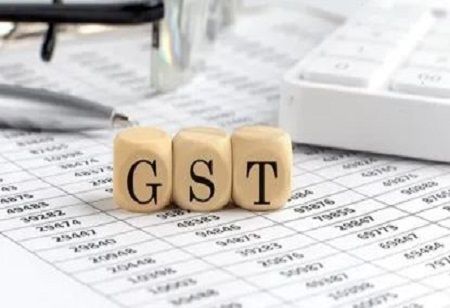India Pharma Outlook Team | Thursday, 28 August 2025

If not properly handled, shifting GST rates for medical equipment could affect domestic competitiveness, the Association of Indian Medical Device Industry (AiMeD) said. The majority of devices are now subject to 12% GST, whilst inputs are subject to 18% GST, resulting in an inverted duty structure and pressure on margins. The proposed GST adjustments to either 5% or 18%, according to AiMeD, both include substantial risks that need thorough, nuanced analysis.
“For medical equipment, electronics, reagents, and implants, reducing GST to 5% would enhance affordability and market reach. However, applying a 5% rate to low-margin consumables like syringes, catheters and IV sets would worsen the inverted duty structure, increasing costs for Indian manufacturers and making imports cheaper,” said Rajiv Nath, Forum Coordinator, AiMeD. “Retaining 12% GST for most consumables while allowing 5% for high-value equipment is the most balanced approach.”
Also Read: PLI Scheme Spurs Growth in High-Precision Medtech Value Chains
Rajiv further underlined that decisions made on GST policy will have an immediate effect on manufacturers, patients, and consumers. “Raising GST to 18% would increase medical device costs for hospitals and households, while a flat 5% GST without refund reforms may create supply risks by discouraging local production. A calibrated structure is therefore essential to ensure both affordability for consumers and sustainability for Indian manufacturers.”
IRGMA (Indian Rubber Gloves Manufacturers Association) industry representatives emphasized that nitrile gloves continue to be a unique case, with manufacturers requesting 18% GST because of extremely high input credit accumulation and low value addition in a fiercely competitive, import-dominated market that is price-sensitive.